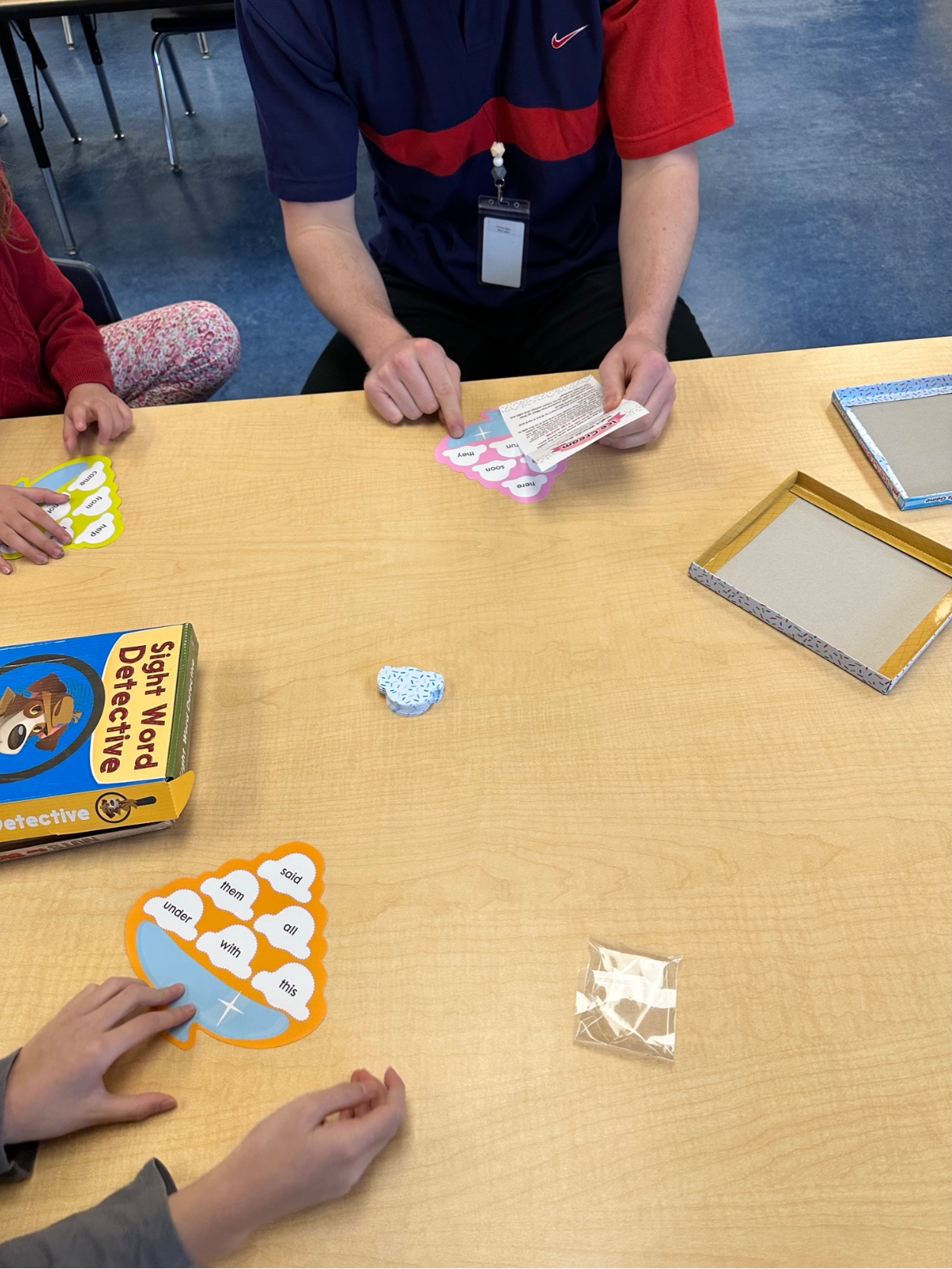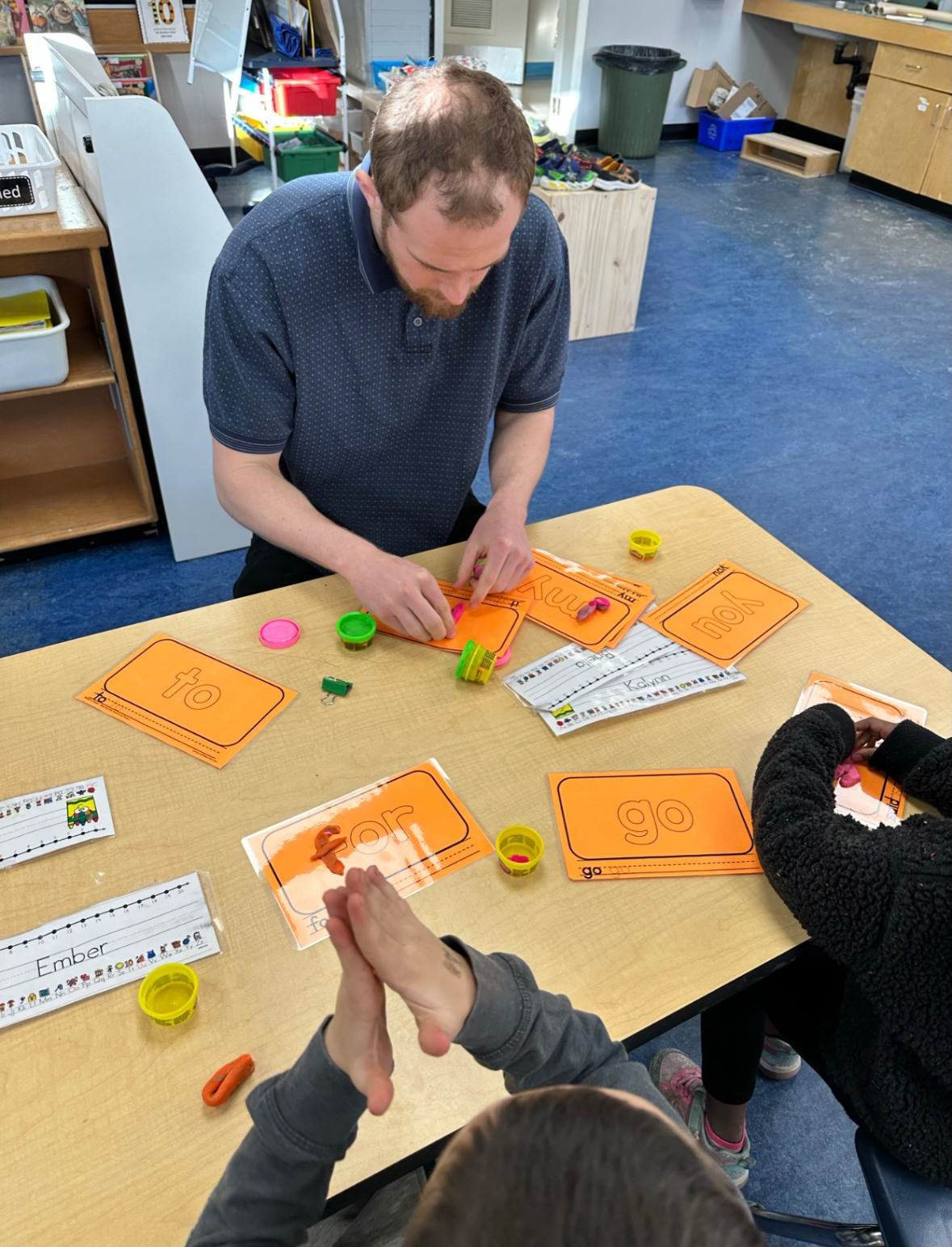Soft Starts
Soft starts, a concept that, when explained to certain adults (my mom included), is often met with resistance and proclaiming that this is why this generation is soft. Whether you think it’s great or you think it’s an issue in the current generation of teachers, in reality, it is not going anywhere. A soft start in a classroom setting refers to a gradual and welcoming approach to beginning the school day or a learning session. Instead of jumping straight into academic activities, a soft start allows students time to arrive, settle in, and engage in a calming routine that promotes focus and readiness for learning. This might include activities such as free choice reading, working on puzzles, or engaging in quiet conversation with peers. The primary goal of a soft start is to create a positive and relaxed atmosphere that helps students transition from the hustle and bustle of their previous activities or environments. As a result, students often feel more prepared and less anxious, leading to improved engagement and behaviours as the day progresses. Incorporating soft starts can foster a sense of community and routine within the classroom, ultimately supporting better overall learning outcomes. Soft starts can look like silent reading, centers, or just some guided mindfulness for students. There is no set form or activity that soft starts take, and it is up to the teachers to determine what works best for their classroom.

My Opinion
Personally, I am at a point in my teaching career where I am on the fence about soft starts. I think in a lot of cases, especially in an elementary setting, it is such a powerful tool. In university, in most 8:30 am classes, when I arrive, I benefit from a soft start. I need ten minutes to take some deep breaths and get my mind right for class. In this 330 class, soft starts or learning provocations have been a heavy emphasis of the classroom routine. Finger weaving stood out as something that I really enjoyed; coming in that morning I was a little frazzled, and even though I cannot finger weave as some of the pros in my cohort, it provided something to put my entire brain into, now allowing for the anxiety of life to seep through the cracks and throw off my morning. In my English In Situ, there are four to five students who are obsessed with knitting and are in a knitting/crochet club, and I can see finger weaving as a bridge to so many students to get them hooked into a tactile, enjoyable skill. So Soft Starts definitely holds its value as age increases and not just in an elementary setting. The argument against soft starts in higher grades comes from Harry Wong; he says that to have an efficient classroom, getting your students to get to work and have a question on the board as soon as the students walk into the classroom boosts productivity and keeps students from getting off task. Harry Wong comes up with this opinion based on a classroom management perspective, which makes sense. If you want your students to be buckled down and not talk a lot, having them work as soon as they walk in makes some sense. I think approaching starting a class this way can have some merit, if you want a quieter, work-heavy class, this approach can be great. On the other side, if it is a morning class, and you want to get the most out of your students, starting your class with work before letting your students regulate and get their bearings will lead to students producing weaker work, being more talkative, and overall being weaker students. If you have a classroom that needs to be regulated, or you are having a discussion or a heavy thinking class, I think soft starts can be a great tool for all ages. If you are in a portion of the year where you are in a less work-intensive class, you are short on time, or the class already feels regulated, I think a soft start would not always be necessary.
Connection to Curriculum
I was racking my brain trying to figure out how Soft Starts connect to a specific curriculum or course content. It dawned on me that Soft Starts are not the meat and potatoes of the curriculum but act as great conduits or facilitators for the curriculum. To have a high level of communication or thinking, your kids need to be engaged and regulated, if your students are still at recess mentally, are frazzled from an intense game of California Kickball, or have a poor night’s sleep at home, you are not going to get a high level of communication, personal and social awareness, and deeper thinking. This is where soft starts come in. Soft starts enable higher thinking and communication by putting students in the right headspace to create powerful thoughts and be those high-level thinkers that the curriculum highlights. It might tick some boxes here and there, but in my opinion, the large connection facilitates the curriculum.
Teacher competencies
#4, “demonstrate an understanding of the complexity of teaching and learning” is something that really stands out to me in the teacher competency section. I think this aligns well with the concept of soft starts vs. learning provocation, a key concept I overlooked when writing this. We all know teaching is a complex job; it is not black and white or as simple as handing out a packet, which is one of the reasons I love this profession so much. What I’m getting at here is that how you begin your class matters, and it takes a lot of thinking to start your day effectively; it’s complex. Choosing between a soft start and a learning provocation is important and takes into account the teacher, the student, and the class as a whole. If the class is ready to rock, a learning provocation is an excellent tool to spark creativity, and to really get the juices flowing, if it’s a Monday morning and the class needs to be eased back into the flow of things (maybe you need to as well) getting the class ready with a soft start is great idea. Teaching is hard and complex, and there is no right way to do things. Learning is also a vastly complex concept, which is different from student to student, so understanding



